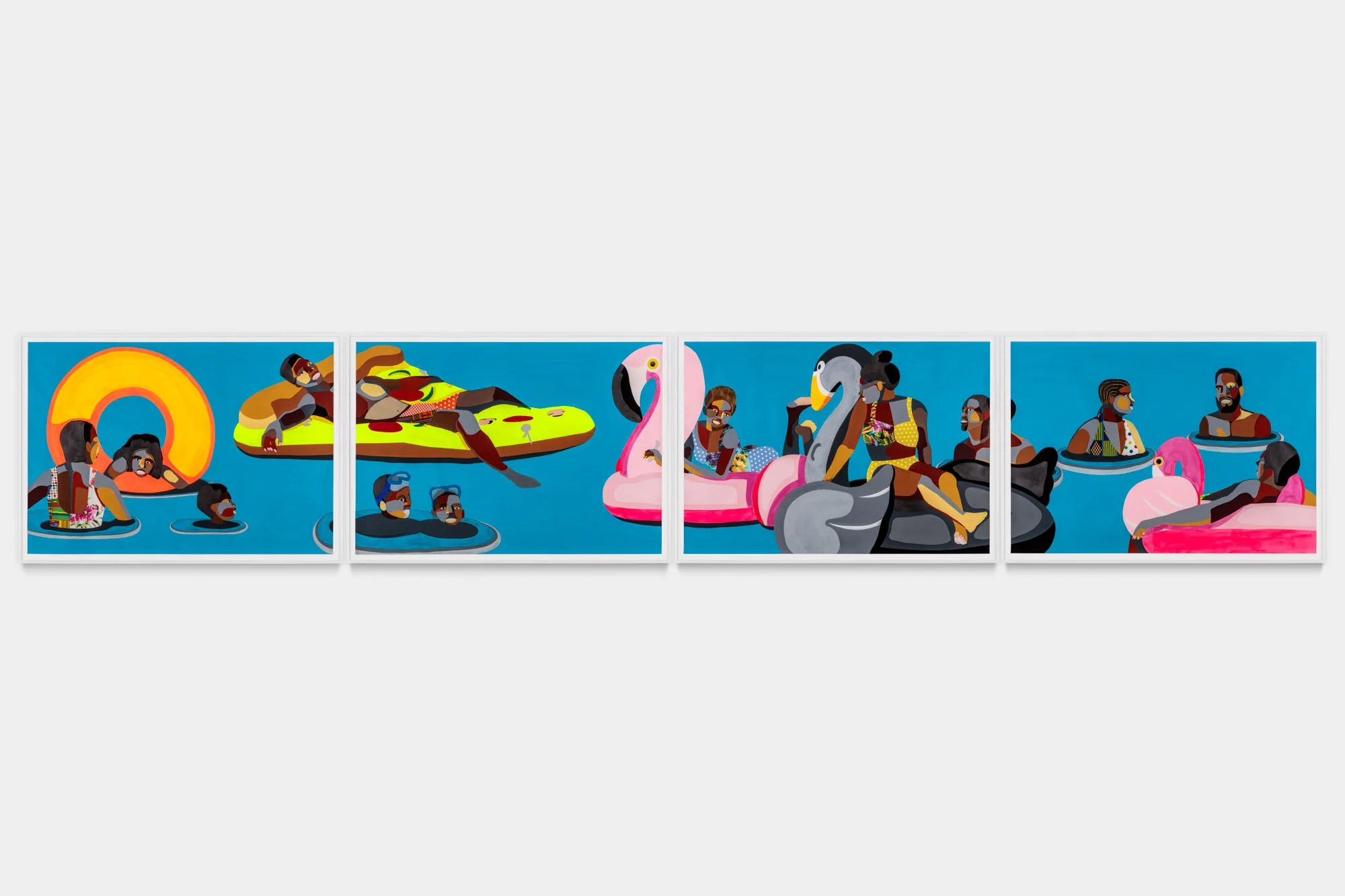Wildlife Photographer of the Year | The Natural History Museum
© Rachel Bigsby | Wildlife Photographer of the Year
Written by: Madeline Lerner
There is an undeniable allure to wildlife photography— it’s a lens into nature, providing access to a foreign world often so distant from our lived reality. The attraction comes from the spectrum of emotions triggered by photos of animals in their natural habitats— from empathy to admiration and often horror. What makes an image of a stranded, beached orca as captivating as a magnificently large blue whale surfacing for air? The poignancy of heartbreak resonates as powerfully as the awe inspired by beauty.
© Juan Jesús Gonzalez Ahumada | Wildlife Photographer of the Year
The National History Museum brings us strikingly close to nature through images that are playful and tragic, mesmerizing yet haunting. We are given a peek into the intricate dynamics within ecosystems, the private moments of an untouched freedom. We are also given a story of the impact of human influence on wildlife and the many ways nature has adapted to these altered landscapes.
For 59 years, the Wildlife Photographer of the Year Awards has showcased extraordinary images of Earth’s wildlife from acclaimed and amateur photographers alike. What started in 1965 as a competition in Animals Magazine (later renamed to BBC Wildlife) with only 361 entries, has evolved into a world-renowned, highly anticipated event with 49,957 entries from 95 countries in 2023. The mission of the competition is to “enhance the prestige of wildlife photography in the hope that ultimately the awards will benefit the animals themselves, by creating greater public interest in them and in that all-important topic: conservation.”
Top: © Ekaterina Bee | Wildlife Photographer of the Year
Bottom: © Luca Melcarne | Wildlife Photographer of the Year
The jurors selected captivating images of animals in their natural habitats— dolphins as they zip through the cool waters surrounding the Isle of Skye, an alpine ibex made almost invisible by the blizzard billowing around it. This year’s overall winner, “The Golden Horseshoe” by Laurent Ballesta, captures a horseshoe crab followed by a trio of fish on the seafloor.
© Karine Aigner | Wildlife Photographer of the Year
Above all, it is the excessive impact of humans that makes these images so haunting. Karine Aigner’s series on hunting competitions in Texas displays bobcats and coyotes dragged and hung, as their killers await a cash prize. In his heartbreaking image titled “Fight To The Death,” Jasper Doest captured an elephant in distress after being hit by a train in Gabon.
© Knut Sverre Horn | Wildlife Photographer of the Year
Other images offer a portrait of wildlife that has necessarily adapted to— rather than been broken by— human intrusion. “Birds of the Midnight Sun” captures the shadowed silhouettes of four birds sitting behind a dirty window. A larger bird sits with its beak open, as if talking to the two little birds who seem keenly focused. Carmel Bechler was awarded the Young Wildlife Photographer of the Year for his portrait of adaptation to human encroachment in “Owls’ Road House.” Beyond the long-exposed lines of traffic lights, two barn owls perch in the window of an abandoned concrete shack coated in graffiti. They are observers of the world around them, a manufactured world they have seemingly adapted to.
© Carmel Bechler | Wildlife Photographer of the Year
We do get a glimpse into a playful side of wildlife with photos like Atsuyuki Ohshima’s, featuring a macaque monkey laying on the back of a deer in a Japanese forest. These images offer a lighthearted perspective that serve to highlight the wilderness’s unpredictability, a part of the world that humans can’t rationalize. In these images, the lives of wild animals aren’t so ruthless. They surprise us with their unexpected collaborations— a reminder of the wonders that surround us.
See this year's winning photos at the Natural History Museum of London through June 30, 2024.








